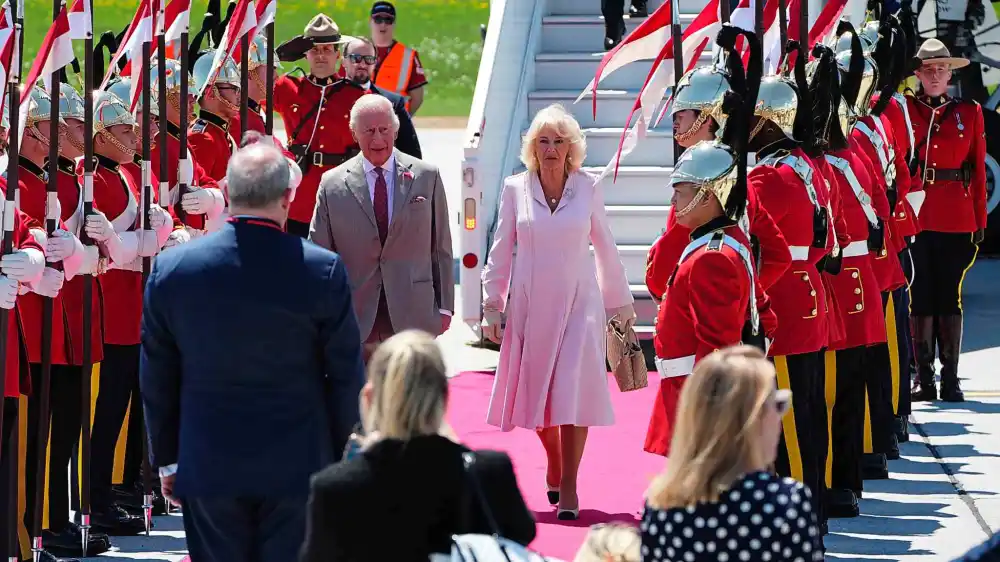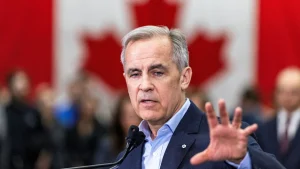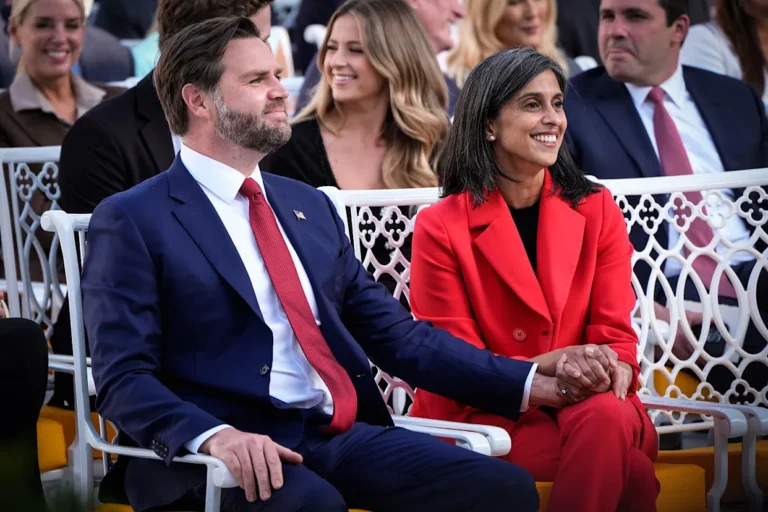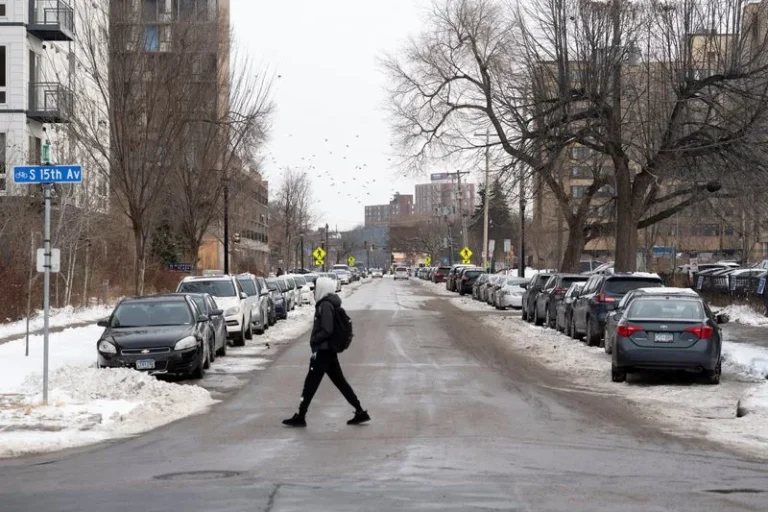
King Charles and Queen Camilla arrived in Ottawa to begin a two-day visit to Canada, aimed at showing solidarity with the country amid provocative comments and territorial suggestions from U.S. President Donald Trump.
They were welcomed on the tarmac by Prime Minister Mark Carney, who recently came to power following a general election driven largely by anti-Trump sentiment.
Under sunny skies and surrounded by Canadian flags, the royal couple was greeted by a ceremonial guard, Royal Canadian Mounted Police in red jackets, schoolchildren, and live music. Members of Canada’s Indigenous communities, including an Algonquin drumming group, also took part in the welcoming ceremony.
This is the King and Queen’s first visit to Canada since Charles ascended the throne. Their schedule includes attending a community festival and holding formal talks with Prime Minister Carney.
The centerpiece of the visit will be King Charles’s address to Parliament on Tuesday — the first time a monarch has delivered Canada’s “Speech from the Throne” in nearly 50 years. The speech is expected to emphasize Canada’s sovereignty and dismiss recent calls from Trump for the country to become the 51st U.S. state.
This symbolic moment follows in the footsteps of Queen Elizabeth II, who gave similar speeches in 1957 and 1977.
Trump’s remarks have sparked strong reactions across Canada, with Ottawa businesses and others displaying patriotic slogans like “Proudly Canadian.” In a recent White House meeting, Carney told Trump that “Canada is not for sale,” a sentiment likely to be echoed in the King’s speech, which is drafted based on the Canadian government’s direction.

Jeremy Kinsman, former Canadian high commissioner to the UK, said Charles will be glad to deliver this message. “It will affirm Canada’s sovereignty, and I know King Charles will be proud to say that,” said Kinsman, who worked closely with Charles during his time as Prince of Wales.
The speech, to be presented in both English and French, will outline the Canadian government’s policy agenda, in a format similar to the UK’s State Opening of Parliament. However, this address is also expected to assert Canada’s independence as a NATO member and Commonwealth nation.
Carney called the King’s participation “a historic honour” that reflects the seriousness of current events.
Unlike the UK’s grand ceremonial traditions, the King will wear a suit rather than royal regalia, keeping the tone more understated.
The visit will also include local engagements in Ottawa and meetings with community leaders.
This trip requires careful diplomacy: while the King is Canada’s head of state, he also represents the UK, where he has worked to maintain friendly ties with the U.S., even sending Trump a personal letter inviting a second state visit. In contrast, his role in Canada demands he reinforce a firm stance against U.S. overreach.
A royal insider noted, “The King is highly experienced at navigating such delicate diplomatic terrain. He is respected internationally and trusted by leaders across the political spectrum, who appreciate his unique constitutional position.”











